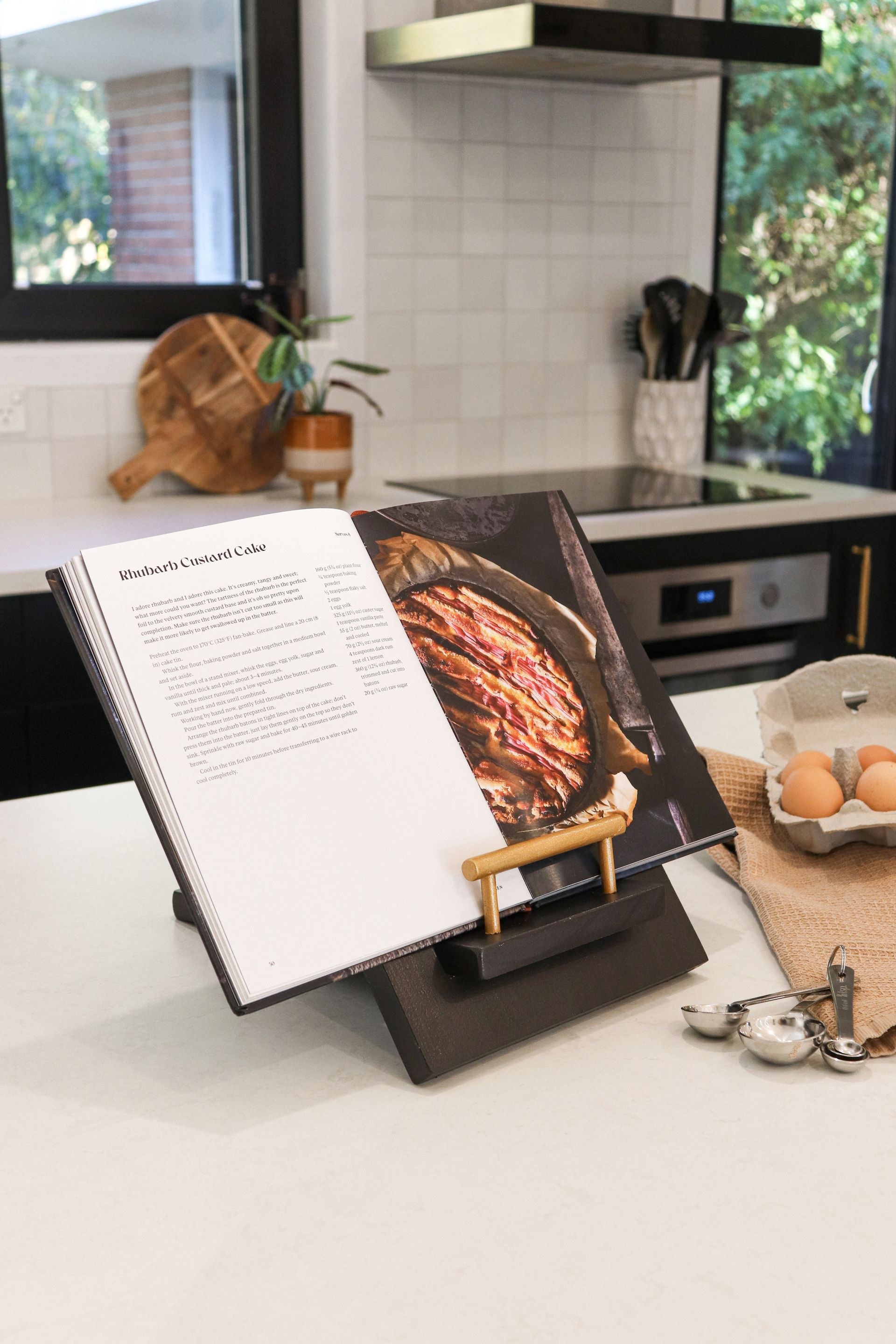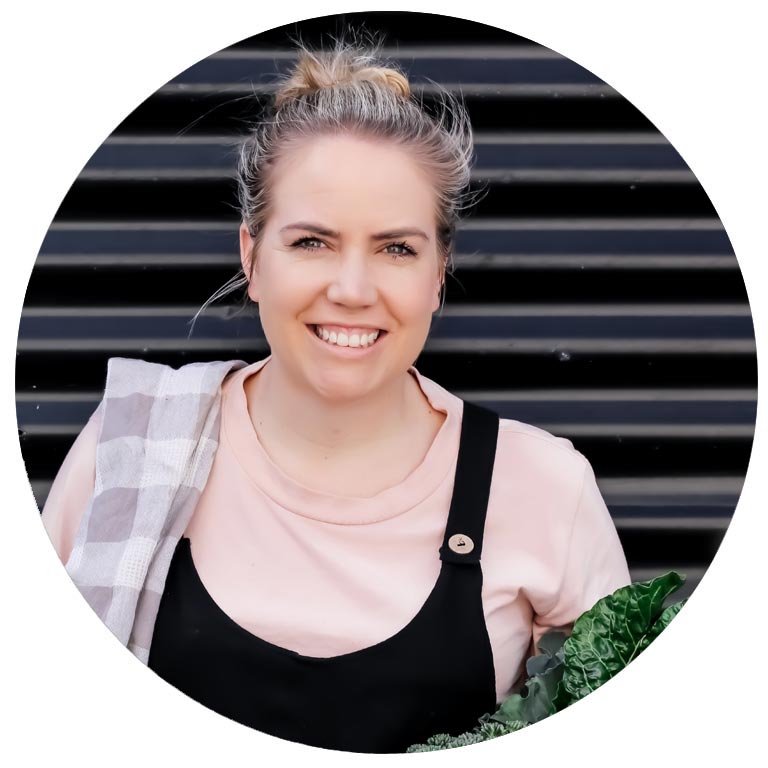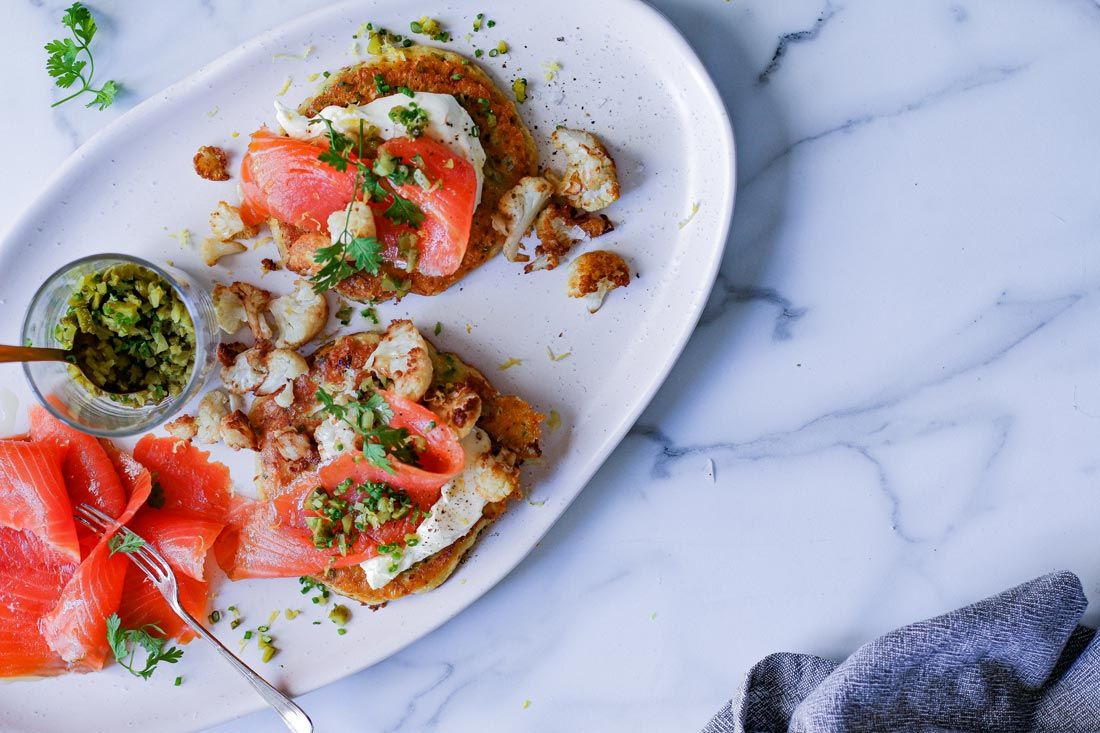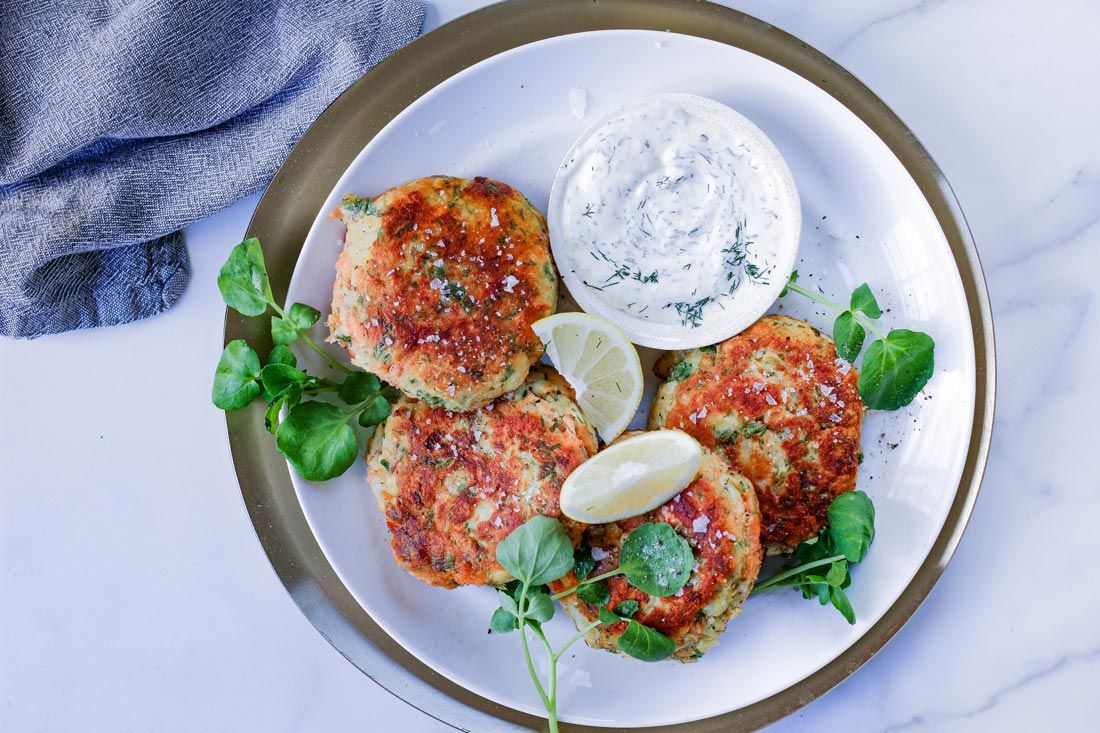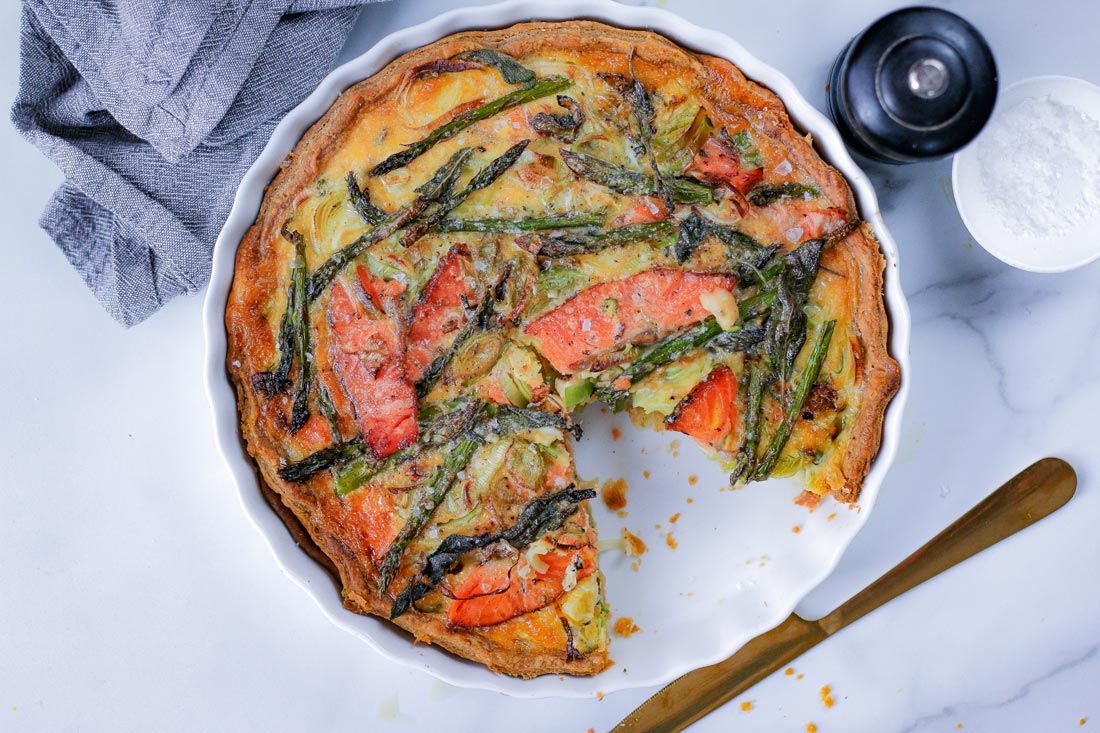Making fish a regular on your weekly menu just got a whole lot easier thanks to resident latitude chef Samantha Parish and her newfound love for salmon.
Flaked into pasta, smashed into fish cakes, sliced into a baked quiche, draped over hot fritters or warmed through a hot creamy curry sauce, Aoraki Freshwater King Salmon is a great option for cooking at home. Their salmon is a crazy blush pink and has an incredible flavour that takes any meal to another level; and a little goes a long way thanks to the beautiful smoky treatment it’s been given.
Their freshwater king salmon thrive in the fast glacial flows that surround Aoraki/Mount Cook, an environment that naturally gives fish a light, clean taste and a delicate texture that I have fallen in love with! Smoked with care and dedication to the natural flavour of this pink-fleshed fish, the intention with their smoked produce is to enhance and not overpower, achieving a smoked salmon ‘that is lighter and purer’ and totally yummy.
My food philosophy: maximum of flavour and minimum of fuss, means I depend a lot on using the right ingredients to do a lot of the work for me. It’s about cooking smart not hard, and these smoked salmon products are a smart way to maximise the flavour in all your favourite dishes. Packed with omega-3s and layered with antioxidants, you’ll be loving yourself with these dishes. Cold smoked for its velvety slices and hot smoked for its flaky texture, all bases are covered.
Recipes, words, styling & images Samantha Parish
Salmon and Mussel Turmeric Curry with Flaky Homemade Garlic Roti
Serves 4 (Pictured above)
Prep 15 mins
Cooking 15 mins
2 tbsp coconut oil
½ brown onion, thinly sliced
1½ tbsp green curry paste
1 tbsp turmeric powder
400 ml can coconut milk
2 kaffir lime leaves, bruised
1.5 kg pot-ready mussels
1 cup frozen peas
1 tbsp fish sauce
juice of 1 lime, plus lime wedges to serve
180 g Cracked Pepper & Vanilla Bean Hot Smoked Salmon
coriander leaves, to serve
Garlic Roti
11/3 cups (200 g) plain flour
1 tbsp coconut oil, plus extra to fry
20 g butter
2 garlic cloves, finely chopped
For the roti place all ingredients in a food processor along with ½ tsp salt and whiz until finely chopped and distributed well throughout the flour. Add ½ cup (125 ml) of water and pulse, adding extra water if mixture seems dry. Transfer to a work surface and knead to form a ball. Cover with a tea towel and rest for 10 minutes. Divide into 6 pieces and roll into tight balls, then use a rolling pin to roll out to the thinnest round you can achieve, mine were around 15 cm. Heat a frypan with 1 tsp extra oil and working with one piece of dough at a time, add roti and cook for 1–2 minutes or until roti puffs up and is golden brown in patches. Turn and cook for a further 1 minute. Set aside and continue with remaining dough. Keep warm until required.
For the curry, heat the oil in a large saucepan or wok over medium-high heat. Add onion and cook for 2–3 minutes or until softened slightly. Add curry paste and turmeric and fry, stirring occasionally, for 2 minutes or until slightly darkened and fragrant. Add coconut milk, lime leaves and ½ cup water and simmer for 3–4 minutes until slightly thickened. Add mussels and peas then cover and cook for 3–4 minutes or until the mussels have just opened. Add fish sauce and lime juice and stir through. Season with salt and flake over salmon. Cover for 1 minute to warm through.
Divide curry among bowls, scatter over coriander and serve with lime wedges and roti for dipping.
.
Salmon Loaded Cauliflower Fritters
Serves 4–6
Prep 10 mins
Cooking 15 mins
½ small cauliflower
1 cup (150 g) chickpea flour (besan)
½ cup (75 g) plain flour
1½ tsp baking powder
1 tsp caraway seeds
zest of 1 lemon, plus wedges to serve
100 g feta, crumbled
1 bunch chives, finely sliced
¼ cup (60 ml) sunflower oil
½ cup cream cheese, softened
100 g Cold Smoked Original Salmon
¼ cup finely chopped pickles
chervil leaves to serve
Cut cauliflower into florets. Transfer 200 g to a food processor with flours and baking powder and whiz until finely chopped. Transfer to a bowl and add seeds, zest, feta, half the chives and 1 cup (250 ml) tap water and mix to combine. Season with salt and cracked pepper.
Heat oil in a large non-stick frypan and add remaining cauliflower florets. Cook, stirring, for 5 minutes or until golden and then remove with a slotted spoon and drain on a paper towel. Return pan to heat and working in batches, add spoonfuls of fritter mixture and cook, turning halfway, for 3–4 minutes or until golden and cooked through. Drain on paper towel and continue with remaining mixture.
Combine pickles with remaining chives.
To serve, spread fritters with cream cheese and top with salmon, pickle mixture and cooked cauliflower florets. Scatter with herbs and serve with remaining pickle alongside.
Hot Smoked Salmon and Potato Fish Cakes with Dill Mayo
Serves 4
Prep 30 mins
Cooking 20 mins
2 (350 g) Agria potatoes (dirty ones) peeled and quartered
½ brown onion, finely chopped
1 garlic clove, bruised
2 bay leaves
180 g Wholegrain Mustard & Mānuka Honey Hot Smoked Salmon, flaked
finely grated zest of 1 lemon (use juice for dill mayo)
1 egg
a handful of chopped herbs (I used dill and parsley)
½ cup (75 g) chickpea (besan) flour – can sub with plain flour or gluten-free flour
¼ cup (60 ml) olive oil
watercress leaves to serve
Dill mayo
½ cup mayonnaise
1 garlic clove, finely grated
1 bunch dill, leaves picked, finely chopped
juice of ½ lemon, plus wedges to serve
Place potato, onion, garlic, bay leaves and 1 tsp salt in a saucepan and cover with cold water. Bring to the boil and cook for 15 minutes or until cooked through. Strain and transfer to a bowl, discard bay leaves and roughly mash with a fork. Stand to cool slightly then add fish, zest, egg, herbs, and ½ tsp cracked pepper and mix to combine. Add flour and mix until mixture can be shaped to come together, adding a bit more flour if you think it needs it.
Divide mixture into 4 and shape into large patties. Transfer to a plate and chill for at least 30 minutes to stiffen slightly.
Meanwhile, for the dill mayo place all ingredients in a small bowl and mix to combine. Season to taste. Heat olive oil in a large frypan over medium-low heat and cook patties, turning halfway, for 8 minutes or until golden and cooked through. Serve with mayo, lemon wedges, and scatter with watercress leaves.
Salmon, Leek and Asparagus Quiche with Sour Cream Pastry
Serves 6
Prep 60 mins
Cooking 60 mins
1 leek, finely sliced
50 g butter, chopped
6 sprigs sage
6 eggs
½ cup (125 ml) cream
2 bunches asparagus, tops cut and stems thinly sliced
180 g Cracked Pepper & Vanilla Bean Hot Smoked Salmon, sliced
Sour cream pastry
12/3 cups (250 g) flour
1 tsp cracked pepper
½ bunch parsley, leaves picked
200 g unsalted butter, chopped and chilled
125 g sour cream
For the pastry, place flour, pepper, parsley and butter in a food processor and whiz until finely chopped. Add sour cream and pulse until mixture comes together to form a ball. Transfer to a clean work surface and press to form a disc. Wrap in plastic wrap and chill for 30 minutes. Use a rolling pin to roll out to 3 mm thickness then use to line a 24 cm quiche dish, trimming excess (I keep this and use it to make savoury crackers). Dock the bottom with a fork. Line with baking paper and baking weights (I used rice) and chill for a further 20 minutes.
Meanwhile, preheat oven to 200°C. Grease and line a baking tray with baking paper. Add leek, butter and sage and add to preheated oven for 10–15 minutes or until leek has softened. Stand to cool.
Add pastry to oven and bake for 15 minutes, or until edges are golden. Remove baking paper and baking weights and cook for a further 10–15 minutes or until pastry is cooked through. Whisk eggs and cream. Arrange leek mixture and asparagus in pastry. Add salmon pieces then pour in egg mixture. Return to the oven and reduce to 160°C. Cook for a further 25–30 minutes or until golden and cooked through. Stand for 10 minutes then cut and serve warm.
Recent stories
